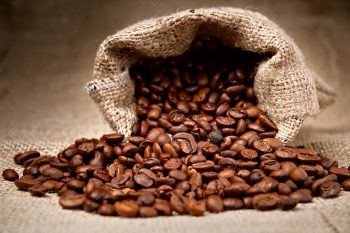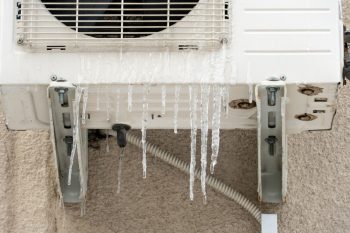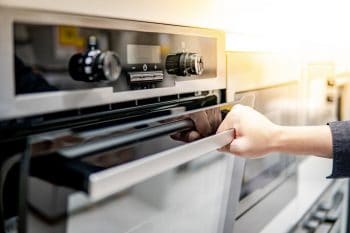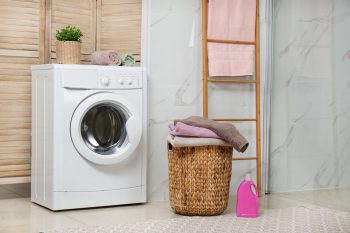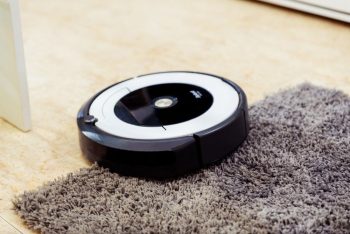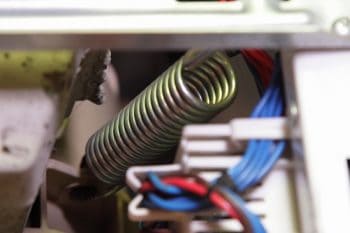
When it comes to cleaning outdoor surfaces, a pressure washer is an invaluable tool. From washing your car to cleaning your driveway, these machines can handle a range of tough cleaning jobs. But with the myriad of options available, how do you choose the right pressure washer for your needs? In this comprehensive guide, we will delve into everything you need to know about pressure washers, from the key features to consider, the impact of power level on performance, to the best brands and models on the market.
When looking for a pressure washer, consider the type (electric or gas-powered), the power source, pressure level (PSI), water flow rate (GPM), and the available nozzles. Also, look for additional features like a built-in soap tank, portability, storage options, safety features, and the warranty offered by the manufacturer. The power level will determine its performance and suitability for different tasks. Top brands include Karcher, Simpson, Generac, and Ryobi. Regular maintenance and eco-friendly practices can enhance the lifespan and efficiency of your pressure washer.
Types of Pressure Washers
Pressure washers come in two main types: electric and gas-powered.
Electric Pressure Washers are generally lighter, quieter, and require less maintenance than their gas counterparts. They are ideal for lighter tasks such as washing cars, cleaning grills, and removing dirt from patios.
Gas Pressure Washers, on the other hand, offer more power, making them suitable for heavy-duty tasks like removing paint and cleaning driveways. However, they are noisier, emit fumes, and require regular maintenance.
Key Features to Consider
When purchasing a pressure washer, consider the following key features:
- Power Source: Choose between gas-powered or electric models based on the tasks you’ll be performing most frequently.
- Pressure (PSI): PSI (pounds per square inch) measures the water pressure. Higher PSI means more force on the surface being cleaned.
- Water Flow (GPM): GPM (gallons per minute) measures the water flow rate. Higher GPM means the pressure washer can clean more surface area in a minute.
- Nozzles: Pressure washers come with different nozzles for various tasks and surfaces.
- Built-in Soap Tank: If you frequently use soap or other additives, consider a pressure washer with a built-in soap tank.
- Portability and Storage: Wheels and tool and cord storage can help keep your pressure washer organized.
- Safety Features: Look for safety features like a ground fault circuit interrupter (GFCI), safety trigger lock, pressure relief valve, and thermal relief valve.
- Warranty: Check the warranty offered by the manufacturer to ensure you’re protected in case of any issues.
Power Level and Performance
The power level of a pressure washer, measured in PSI, impacts its performance and suitability for different tasks. Higher PSI levels are suitable for heavy-duty tasks, while lower PSI levels are ideal for lighter tasks. It’s important to note that using a pressure washer with too high PSI can damage surfaces.
Top Brands and Models
Several brands and models of pressure washers are known for their reliability and superior performance. Some of the top brands include Karcher, Simpson, Generac, and Ryobi. Some highly-rated models include the Karcher K5 Premium, Ryobi RY142300, Simpson MegaShot MSH3125, Sun Joe SPX3000 XT1, and Generac 3100 E-Start.
Safety Features
A good pressure washer should have safety features like a ground fault circuit interrupter (GFCI), safety trigger lock, pressure relief valve, thermal relief valve, and for gas models, a low-oil shutdown feature. In addition to these, always follow the manufacturer’s instructions and use safety gear such as goggles.
Design and Size
The design and size of a pressure washer can influence its usability and storage. Consider factors such as portability, storage and organization, size and weight, and the type of power source when choosing a pressure washer.
Maintenance Tips
Regular maintenance is key to ensuring the longevity of your pressure washer. This includes flushing the pump after every use, lubricating O-rings, cleaning the water filter screen, storing the washer in a dry location, inspecting hoses, checking the pump oil level, and performing professional servicing at least once a year.
Eco-Friendly Options
There are eco-friendly pressure washers and practices to consider. Opt for biodegradable and eco-friendly detergents, reduce water consumption, avoid harsh chemicals, and use heated water and the right level of pressure instead of relying on chemicals.
By considering these factors and following the recommended maintenance and safety practices, you can choose the right pressure washer for your needs and ensure its longevity. Whether you’re a homeowner looking to do some outdoor cleaning or a professional in need of heavy-duty equipment, understanding what to look for in a pressure washer will help you make an informed decision.
Frequently Asked Questions
What is the difference between PSI and GPM in a pressure washer?
PSI (pounds per square inch) and GPM (gallons per minute) are two key specifications of a pressure washer. PSI measures the pressure of the water, which contributes to the cleaning force. On the other hand, GPM measures the flow rate of water, indicating how quickly a pressure washer can clean a surface.
Can I use any kind of soap or detergent in my pressure washer?
No, it is recommended to use only pressure washer-approved soaps and detergents. Using other types can damage the internal parts of the pressure washer or harm the surface you’re cleaning.
What should I do if my pressure washer doesn’t start?
There could be several reasons why your pressure washer isn’t starting. Some common issues include a lack of fuel, a clogged carburetor, a faulty spark plug, or a disconnected spark plug wire. It’s best to refer to your pressure washer’s manual or contact the manufacturer for specific troubleshooting steps.
Can I use hot water in my pressure washer?
This depends on the model of your pressure washer. Some are designed to handle hot water, while others are not. Using hot water in a pressure washer not designed for it can damage the machine. Always check the user manual or consult the manufacturer if you’re unsure.
Is there a safe distance to maintain when using a pressure washer?
Yes, it’s generally recommended to maintain a safe distance of at least six feet from the surface you’re cleaning. This can help prevent any accidental damage from the high-pressure water stream. However, the exact distance can vary based on the PSI level of your pressure washer and the surface you’re cleaning. Always refer to the user manual for specific guidance.

